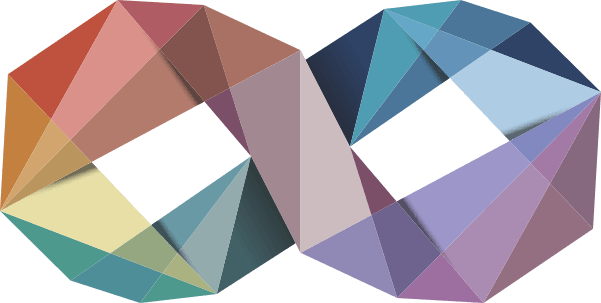24 Sep 2020
Neurodiversity, Urban Planning and Critical Mass
As you may be aware, demography is the classification of people. As an example, I am male, in my mid-Twenties, Caucasian, cisgender, heterosexual, brown haired, blue eyed, 6’3”, tertiary-educated, Tasmanian and neurodiverse. I am rather lucky that my demographic profile mostly gives me an advantage in life but by a long way, being neurodiverse works the least in my favour. But why is this the case?
“An analogy is often used with people who are neurodiverse (have a “differently wired brain”) that they’re from Mars or some other planet since neurodiverse people don’t understand neurotypical people and vice-versa.”
My parents – armed with the best knowledge and resources they had available to them from the late 1990’s onwards – invested in early intervention (which teaches neurodiverse people how to adapt to a neurotypical world) for me which I’m happy to admit has helped me learn how not just to cope but manage a world which I (and many other neurodiverse people) feel that we don’t belong. For varying complex reasons and factors, many neurodiverse people do not receive the quality of early intervention that I received, one of those reasons being that neurodiversity is sometimes never deduced or accepted to be a contributing factor to a child’s behaviour, let alone receive a formal diagnosis to receive such early intervention. While early intervention can be effective, it is only effective in a minority of cases and is an inefficient way to create a better life for neurodiverse people. But as of recent years, the thought process regarding how to best support neurodiverse people in a neurotypical world has shifted.
Instead of teaching neurodiverse people to be more neurotypical, perhaps we can change the world so it is more inclusive of different brain wirings instead! In a study in which observations were recorded and analysed between three groups (all neurotypical, all neurodiverse and a hybrid group), the first two groups had no issue communicating with one another but the last group had difficulty, especially between members of different brain wiring classifications.
“Considering the welcome movement for inclusion for all, how about we encourage both neurotypical and neurodiverse people to learn how to communicate with one another better and shape the world around them so everyone can socially interact and not feel excluded?”
While I’m not a communication expert (although I’m always working on that aspect of my soft skills), where my expertise lies is built environment planning, sometimes called Town Planning. It is a complex field filled with “wicked problems” that are so complex and grey in their nature that simple solutions rarely exist. The field itself questions itself. Some academics spend whole careers trying to answer one question. Because planning as a profession and field doesn’t know what it actually is, it is hard to know what planning is capable of, what it should be responsible for and how much power planners should have. But this means that planning is an untapped resource when considering how to make the world a more inclusive place and a chance to turn around its exclusionary reputation.
I have almost finished my tertiary studies in surveying, spatial science and built environment planning and I would ideally like to specialise in the transport and inclusion spaces. Inclusive planning can be designing the built environment so that it’s easily accessible for people with inhibitions such as physical, sensory, neurological, psychological (the list is endless), indigenous and migrant people can connect to the built environment and that it’s safe for all to interact with their environment as some examples.
“I believe transport is key to a more inclusive world: improved connectivity between places; increased permeability of urban landscapes to connect people with others more and make transport more efficient;”
encouraging change of transport modes through regulatory, incentive and educational changes; encouraging more active transport and investing in the future of transport such as electric vehicle infrastructure and self-driving vehicles are ways forward for all!
When I was given the opportunity to run Hobart’s Critical Mass, I barely hesitated! Here was the chance to combine my passions of transport, bike riding and inclusion under one umbrella and hopefully leave the world a better place than when I found it (which is something most of us would prefer to do). We’ve had kids as young as 7 accompany their parents, had unicycles and tandem bicycles join us, have a wide age range attend and no-one gets left behind unless they advise someone that they’ve chosen to leave the group. As long as you can ride, you’re in! Critical Mass is about riding in a flock on the road and showing that motor vehicles and wheeled active transport can share the road which is inclusive within itself.
One aspect that hadn’t been addressed before I took hold of the reigns is a logo. While a logo exists, it’s not tailored to Hobart and is modified from another city’s Critical Mass group with permission. I decided to consult with Inclusive Creatives who share the same values and the logo they have created is nothing short of highly impressive!
“Every element of the logo is very well thought out and lends itself to what Critical Mass is: a flock weaving itself through the city on pedal-powered wheels in the spirit of inclusion, social connections and a mass that’s all about fun and conveying a positive message.”
2020 is an exciting time for our global society and an opportunity to create another “new normal” apart from the one created through the effects of COVID-19 but the New Normal we should all be working to make happen is Inclusion of All. I jumped on board the Inclusion Bus before I knew I really had, have you?
Share me:
